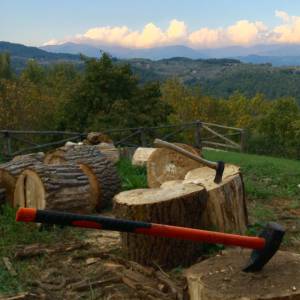The Grosseto Marshes
There is a vast area of drained marshes along Tuscany’s coastal fringe. This is a view of part of it.
Malaria was only eliminated after the First World War. It reminds me of Romney Marsh and Petts Level.
The roads are dead straight, fringed with fierce ditches and rather narrow. As we ambled our way back to the main road to Siena Saturday beach-goers charged against us.
At this time of year the gley/grey soil is ploughed up and dry, thirsty for autumnal rains. Low farmsteads lie scattered across the flat land, sheltered by umbrella pines.
It has both bleakness and majesty, do many areas of ex-marshland. Huge skies, the bowl of surrounding hills, a certain pinchedness to the houses exposed to rising damp and unrelenting sun. (This is one of the areas of Italy with the most annual hours of sunshine.)
Dry watercourses in summer that are presumably brimful in the mournful fogs of winter.
At times it almost feels Mexican, the ranchero style houses with no roof apexes but different slanting planes of romano tiles stacked against each other, absorbing the fierce sun’s heat. They must have slept under mosquito nets beneath the stars in summer?
Eucalyptus and pinarolo pines on the plain and holm and cork oak in the steep hills.
A low ridged land between them that boasts olive groves laden with fruit and farms with old concrete silos for storing maize or wheat.
Before the ‘bonifica’ - the drainage works - the provincial capital Grosseto would migrate to hilly Scansano in summer to escape the bad air - the mal-aria - and return in winter.
Once on bigger roads we made good time. Back in the Casentino it was 31C. So good to have had a break.

Comments
Sign in or get an account to comment.


